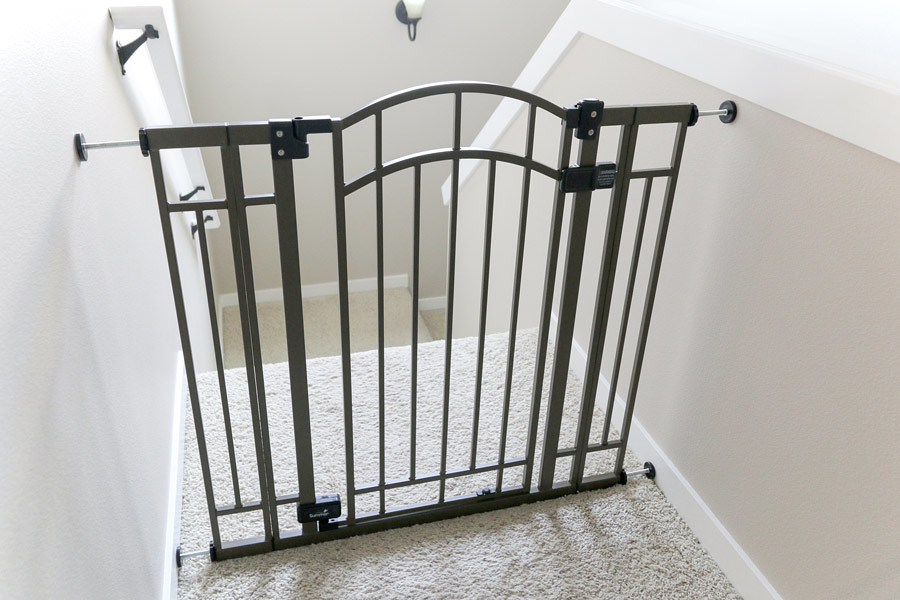Blog
Childproofing Your Home – Guideline

Even if you feel pretty confident that you’ve done a thorough job of childproofing, chances are you’ve missed something. In fact, in a study from the University of Alabama at Birmingham (UAB), when first-time parents of children ages 12 to 36 months were taken through a model home and asked to point out potential hazards, they could identify fewer than half of them.
But the truth is, household injuries are one of the top reasons kids under 3 visits the A&E. each year. And it’s smart to be prepared for the worst. So we’ve shown you many of the hidden risks for young children — as well as pointed out the safe spots and provided expert advice on how to childproof your home.
Make sure candles and matches are out of reach. It’s possible for a toddler to accidentally light a match and start a fire, no matter how undeveloped their fine motor skills. And if they chew on a candle, they could choke on the wax. Keep candles and matches well out of reach, and try flameless LED candles to mimic the effect of flickering candlelight.
Put photo frames are up and away. If your child knocks over or drops a frame, the glass can shatter and cut them, even in a carpeted room. Put frames somewhere well out of reach, mount them on the wall, or replace them with plastic.
TV is mounted. If a child tries to climb on a TV stand, the set can fall on them. Mount your television securely on the wall, if possible. TVs on stands need to be anchored to the wall too: Slip industrial-strength Velcro straps through the air-vent holes and connect them to eye hooks that you screw into the wall.
Fireplace is covered. Install heat-resistant gates to use while the flames are burning. Kids could fall and injure themselves against a sharp or stony hearth, so make sure you buy pads for the edges. Artificial fireplaces often contain small rocks that are a choking hazard if yours does, remove them. Two risks in our picture: The doors should be locked when not in use, and the fire-stoking tools should be out of reach.
Remote control has a missing battery cover. Be especially careful of button batteries the kind you find in watches, hearing aids, greeting cards, and some toys which are higher voltage than traditional batteries. If your child swallows any type of battery, it can get lodged in the oesophagus and cause severe damage, so get them to A&E.
Window blinds are cordless. A child can get their neck caught in a looped cord and be strangled. More than 200 young children have died this way since 1990, says the CPSC. Eliminate the hazard by cutting the loop. But if possible, invest in new cordless window coverings
Kitchen is gated. Because the room is full of risks, it is a good idea to make it off-limits when you’re not around.
Door slamming. The most common types of amputations in kids involve fingers and thumbs, according to recent research from the Center for Injury Research and Policy at Nationwide Children’s Hospital. The usual cause among those age 2 and younger? Doors. “I’ve stitched up the ends of so many fingers frequently from a game of chase that ends with a door slamming,” says Dr. Schmidt. You can buy devices that keep doors from closing all the way, or simply drape a towel over the top.
Toilet is left open. The toilet is just the right height for your toddler to stick their head in, and since they are top-heavy, they could fall over and not be able to get up. Drowning is the leading cause of unintentional-injury death in kids ages 1 to 4. Keep the toilet-seat lid down, install a latch, and remind visitors to use it. In a Home Safety Council survey, only 21 percent of parents said they’d installed toilet latches.
Hair dryer is plugged in. If your child turns it on, they could burn themselves or not turn the hairdryer off and leave it burning on something which could cause a fire.
